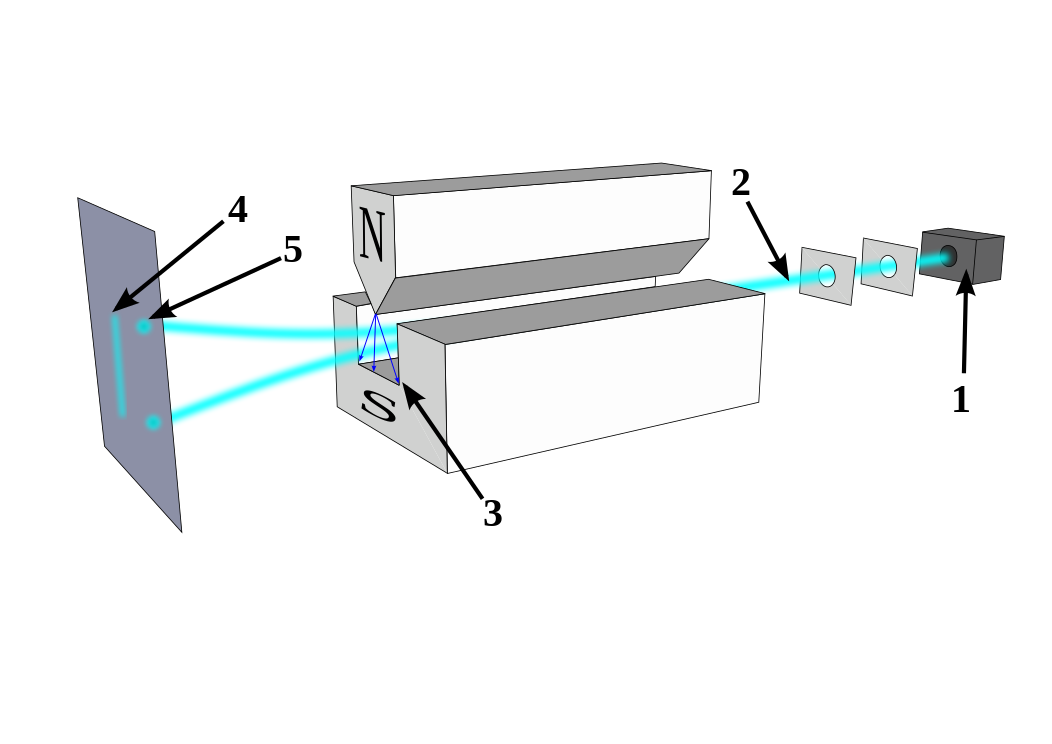In the Stern-Gerlach experiment an image for the $z$ measurement is often shown as a measurement perpendicular to the axis of the beam
It would seem that to make a sequential measurement in the the $x$ direction that another similar apparatus would have to be placed and be turned $\pi/2$ around the axis of the beam.
However, the problem I've had is visualizing what would the experimental setup be for the $y$ direction. Is the system rotated around an axis perpendicular to the beam?
It feels that this orientation would not deflect the particle. Some orientations may even have the particle not pass through the apparatus at all. Would the devices that create the electric field not also get in the way of the beam line?
Summarized Question: Relative to the initial Stern-Gerlach, how is a $y$ orientation setup.

